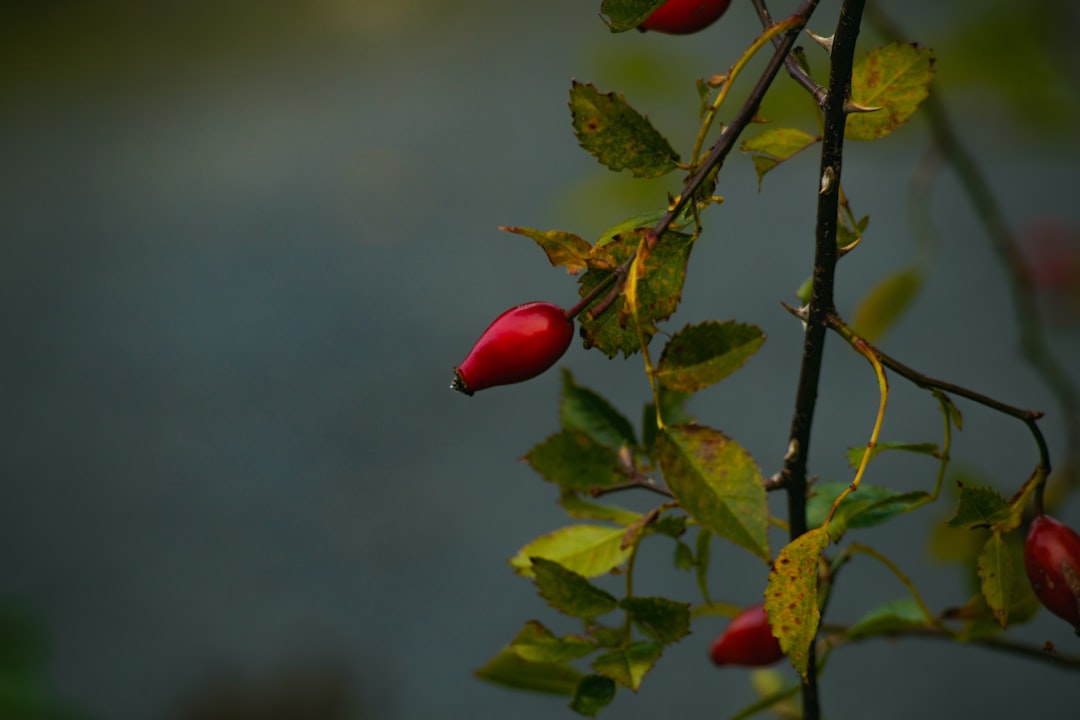Edible gardening is a rewarding endeavor, and herbs play a significant role in it. Whether you've purchased herbs from the store or harvested them from your own garden, learning how to dry herbs is a skill that allows you to enjoy their flavors and benefits throughout the year. In this article, we'll explore the various methods of drying herbs, the best practices, and how to store them properly.
### Why Dry Herbs?
Drying herbs is not just a way to preserve them; it also intensifies their flavors. When herbs are dried, the water content is removed, which concentrates the essential oils that give herbs their distinct tastes and aromas. This means that a little bit of dried herb can go a long way in your cooking. Additionally, dried herbs are convenient. You don't have to worry about them wilting or spoiling quickly, and they can be easily stored for long - term use.
### Choosing the Right Herbs
Not all herbs are created equal when it comes to drying. Some herbs dry better than others and retain their flavor more effectively. Herbs like rosemary, thyme, sage, oregano, and lavender are excellent candidates for drying. These herbs have a relatively low moisture content to begin with, which makes the drying process quicker and more successful. On the other hand, herbs with high water content, such as basil and cilantro, can be a bit more challenging to dry and may lose some of their flavor in the process. However, with the right techniques, you can still dry them successfully.
### Methods of Drying Herbs
Air Drying
Air drying is one of the oldest and simplest methods of drying herbs. To air dry herbs, start by gathering small bunches of herbs. Tie the stems together with a string or a rubber band. Then, hang the bunches upside down in a warm, dry, and well - ventilated area. Make sure the area is out of direct sunlight, as sunlight can cause the herbs to lose their color and flavor. You can hang the herbs in a pantry, a garage, or even in a covered porch. It usually takes about 1 - 2 weeks for the herbs to dry completely. You'll know they're dry when the leaves crumble easily between your fingers.
Oven Drying
Oven drying is a quicker method compared to air drying. Preheat your oven to the lowest possible temperature, usually around 100 - 120°F (38 - 49°C). Spread the herb leaves in a single layer on a baking sheet lined with parchment paper. Place the baking sheet in the oven and leave the oven door slightly ajar to allow moisture to escape. Check the herbs regularly, as they can dry quickly in the oven. It may take anywhere from 1 - 3 hours for the herbs to dry, depending on the type of herb and the oven temperature. Once the herbs are dry, remove them from the oven and let them cool completely.
Dehydrator Drying
If you have a food dehydrator, it can be a great tool for drying herbs. Set the dehydrator to a low temperature, around 95 - 115°F (35 - 46°C). Arrange the herb leaves on the dehydrator trays in a single layer. Make sure there is enough space between the leaves for air circulation. Turn on the dehydrator and let it run until the herbs are dry. This usually takes about 4 - 8 hours, depending on the herb. Dehydrators provide a consistent and controlled drying environment, which can result in high - quality dried herbs.
### Storing Dried Herbs
Once your herbs are dry, it's important to store them properly to maintain their flavor and quality. Remove the leaves from the stems and crush or crumble them if desired. Transfer the dried herbs to airtight containers, such as glass jars or plastic containers with tight - fitting lids. Store the containers in a cool, dark place, like a pantry or a cupboard. Avoid storing the herbs near the stove or other sources of heat, as heat can cause the herbs to lose their flavor more quickly. When stored properly, dried herbs can last for up to a year.
### Using Dried Herbs
Dried herbs can be used in a variety of ways in your cooking. You can add them to soups, stews, sauces, marinades, and rubs. They can also be used to season meats, vegetables, and grains. When using dried herbs, remember that they are more concentrated in flavor than fresh herbs, so you'll need to use less. As a general rule, use about one - third the amount of dried herb as you would fresh herb in a recipe.
In conclusion, learning how to dry herbs is a valuable skill for any edible gardener or cooking enthusiast. By following these methods and best practices, you can enjoy the flavors of your favorite herbs all year long. So, the next time you have an abundance of herbs from the store or your garden, don't let them go to waste. Dry them and savor their deliciousness in your meals throughout the year.

